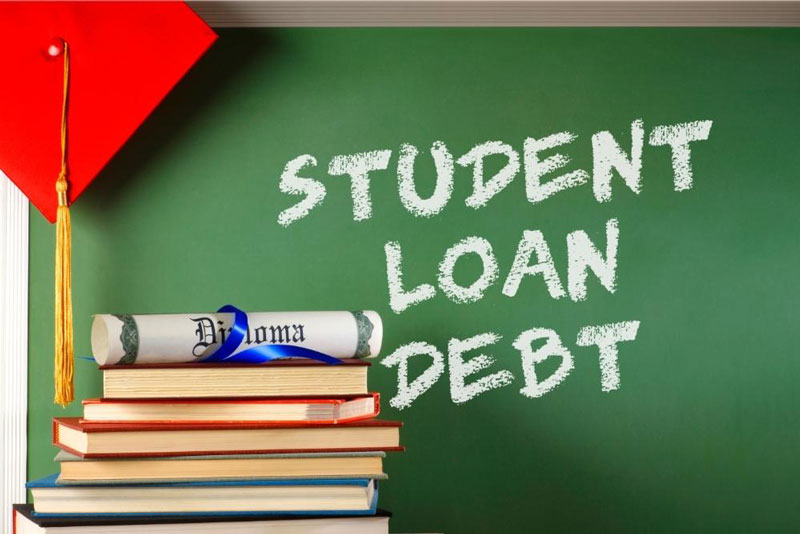As the COVID-19 pandemic ravages the United States, many students find themselves in difficult financial situations. If you're one of them, you may be wondering if there's any relief available for your student loans.
The good news is that several options are available to help ease the burden of your student loan payments. In this guide, we'll go over some of the most common relief methods and how you can take advantage of them.
Below are some of the possible options available.
Forbearance

Another option is to apply for forbearance on your student loans. This allows you to temporarily stop making payments or reduce your monthly payment amount. Like deferment, forbearance can be a useful option if you face financial hardship because of the pandemic.
If you're unable to make any kind of payment right now, you may be eligible for a complete suspension of your payments. This option is called administrative forbearance, and it's available to all federal student loan borrowers.
If you can still afford to make some kind of payment but not your full monthly payment, you may be eligible for partial forbearance. This option is available for all federal student loan borrowers. It allows you to temporarily reduce or suspend your payments for 12 months.
To qualify for forbearance, you'll need to meet specific requirements. For example, you may need to be experiencing financial hardship or have difficulty making your regular payments. You can check with your loan servicer to see if you qualify for forbearance.
Deferment
One option for relief is to defer your student loan payments. This means that you temporarily postpone making your payments until a later date. This can be a helpful option if you face a temporary financial hardship because of the pandemic.
If you're not eligible for administrative forbearance or partial forbearance, you may still be able to get a deferment on your federal student loans. There are many different deferments available, and each has its own eligibility requirements.
To qualify for a deferment, you'll need to meet certain requirements. For example, you may need to be enrolled in school at least half-time or be unable to find full-time employment. You can check with your loan servicer to see if you qualify for a deferment.
Income-driven repayment plans

If you're struggling to make your student loan payments, you may also be eligible for income-driven repayment plans. These plans base your monthly payment amount on your income and family size. If your income is low, you may even have your payments completely forgiven after many years.
To apply for an income-driven repayment plan, you'll need to fill out and submit an application to your loan servicer. You can find more information about these plans on the Department of Education's website.
If you have private student loans, your options will vary depending on your lender. Some private lenders offer forbearance or deferment options to borrowers impacted by the pandemic, but others are not. You'll need to contact your lender directly to find out what options are available to you.
Below is a step-by-step guide on how to get COVID-19 student loan relief:
Check if your loan servicer is offering any relief options
Many loan servicers offer forbearance or deferment options for borrowers affected by the pandemic. You can check with your servicer to see what options are available to you.
You can contact your loan servicer and explain your situation. Many services offer forbearance or deferment options for those who have been impacted by the pandemic. You can temporarily stop making payments on your loans or lower your monthly payment amount.
Apply for an income-driven repayment plan
If you're having trouble making your monthly student loan payments, you may be able to lower your payments by enrolling in an income-driven repayment plan. You can apply for these plans through your loan servicer.
Consider consolidating your loans
If you have multiple student loans, you may be able to simplify your payment process by consolidating your loans into a single loan. This can also help you get a lower interest rate. You can apply for consolidation through your loan servicer. This can help make your monthly payments more manageable. You can learn more about consolidation by visiting the Federal Student Aid website.
Refinance your loans
If you have good credit, you may be able to get a lower interest rate by refinancing your student loans. Many online lenders offer this service.
Get help from a financial advisor or counselor
If you're struggling to manage your student loans, seek out help from a financial advisor or counselor. They can help you develop a budget and plan how to best repay your loans. If you're having trouble making your student loan payments, many resources are available to help you get back on track. You can find more information on the Federal Student Aid website or contact your loan servicer.
You can get the relief you need to manage your student loans during the coronavirus pandemic by following these steps.




